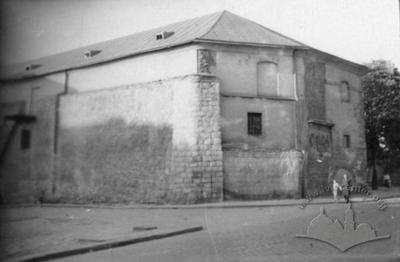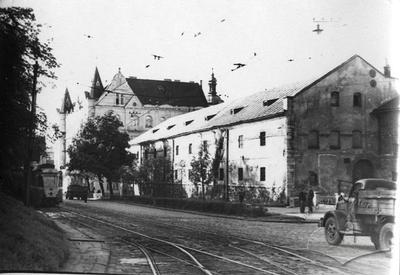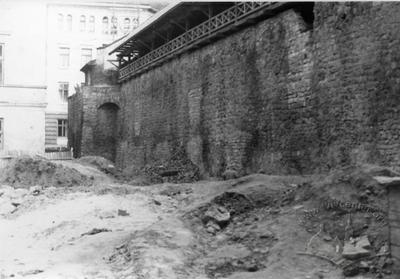ID: 379
Related buildings and spaces
People
Vyacheslav Sekretariuk
– Soviet and Ukrainian politician, Communist, economist. Chairman of the Executive Committee of the Lviv City Council
of People's Deputies in 1975-1980.
Wincenty Pol
– This
popular Polish poet of the Romantic era was also one of the first geographers
in the world and a versatile scholar. Wincenty Pol travelled a lot and was
familiar with the nature and antiquities of Galicia. In 1866-1867, he collaborated
with conservator Mieczysław Potocki as a correspondent of the Central
Commission for the Protection of Monuments. During this time, he became a vocal
critic of the institution.
































